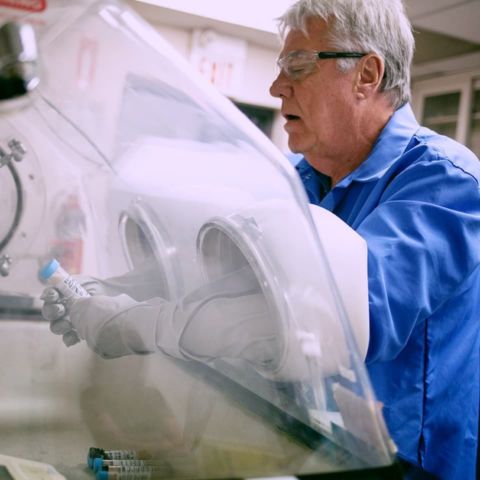Ethanol Dehydration
Many of the world’s ethanol plants have been designed to use Zeochem molecular sieves. Zeochem’s Z3-03 is the product of choice for use in the ethanol dehydration market providing excellent performance and long life.
Our Z3-03 molecular sieve is designed for targeting only water molecules in the feed stream while minimizing the co-adsorption of ethanol and other smaller molecules. The proprietary manufacturing process produces this adsorbent with superior mechanical strength and much longer service life – approaching 20 years in some plants.
The bead crush strength and attrition properties of Z3-03 are among the best in the industry. The spherical shape of our beads means that the physical forces applied during use are only compressive in nature, as compared to the tensile forces acting on extruded (rod or pellet) shapes which make them more susceptible to breakage. The smooth, hard outer surface resists attrition, thus minimizing dust formation and bead weakening. As a result, Z3-03, as packaged, contains very low dust and generates very little dust during loading.
Feed ethanol with high water content causes fast rates of water adsorption and a resulting rapid temperature rise in the adsorbent bed, all of which can be detrimental to the physical integrity of the sieve. Z3-03 is designed to withstand these extreme conditions, and test results confirm low particle breakup over the range of operating temperatures.
A feed with high water content also requires quicker operating cycles than experienced in other services. Z3-03 maintains its capacity and stability over hundreds of thousands of operating cycles. In addition, its 3 angstrom pore openings allow only water molecules to be adsorbed, reducing co-adsorption of ethanol, sieve coking and carbon deposition which shortens the adsorbent’s life.
